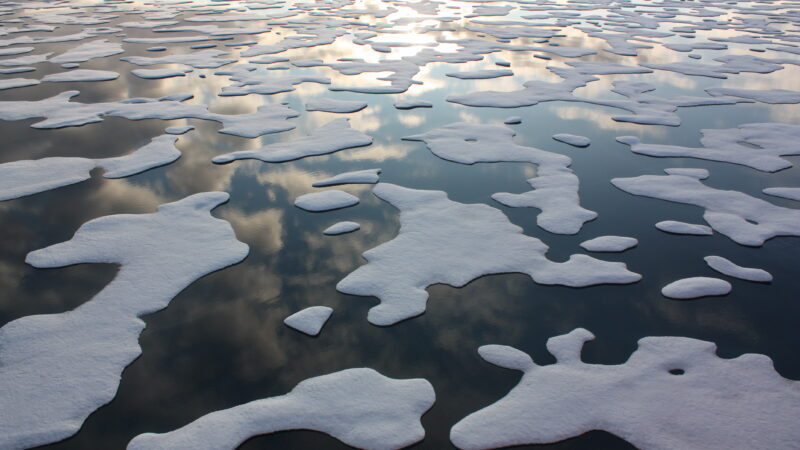
Chad Thackeray and Alex Hall in Phys.Org: Arctic Ocean could be ice-free for part of the year as soon as 2044
Chad Thackery and Alex Hall research the surface’s reflectivity of sunlight, or albedo, that causes greater local warming, which in turn leads to further ice melt. They find that the Arctic Ocean may be ice-free for part of the year as soon as 2044.
